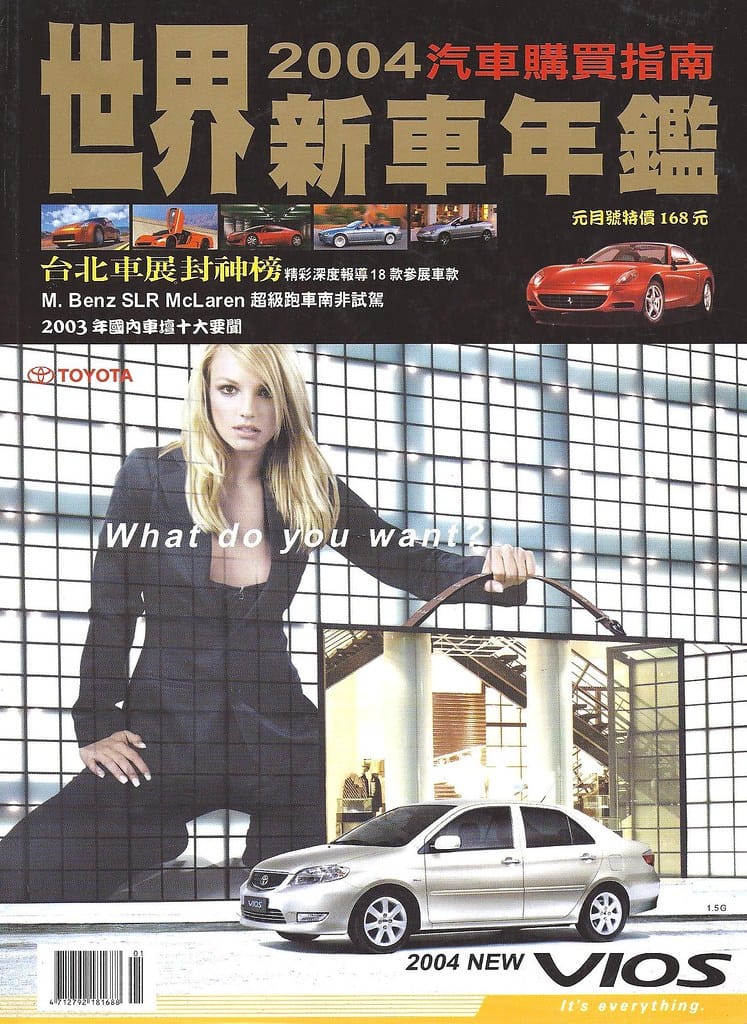China's Auto Industry Crisis: How World-Beating Success Turned Into Economic Chaos
China's automotive sector, once the crown jewel of the world's second-largest economy, is now careening toward an unprecedented crisis that threatens to reshape global car markets and send shockwaves through the broader Chinese economy.
After two decades of explosive growth that saw China become the world's largest auto market and a dominant force in electric vehicles, the industry is now grappling with overcapacity, plunging profits, and a brutal price war that's leaving even established players gasping for air.
The Descent from Dominance
Just three years ago, China's automotive industry appeared unstoppable. The country produced over 26 million vehicles in 2022, more than the United States, Japan, and Germany combined. Chinese EV manufacturers like BYD and NIO were celebrated as Tesla challengers, while traditional automakers were raking in record profits from the world's most lucrative car market.
Today, that narrative has dramatically reversed. Auto sales in China fell 7.4% in the first half of 2024, marking the steepest decline since the pandemic's early days. More alarmingly, over 90% of Chinese automakers reported declining profits in 2023, with many posting their first losses in years.
The Perfect Storm of Overcapacity
The crisis stems from a toxic combination of government policy missteps, oversupply, and changing consumer behavior. China's ambitious push to dominate electric vehicles led to massive overinvestment, with more than 200 EV startups launching between 2018 and 2022. This gold rush mentality created production capacity that now far exceeds demand.
Industry analysts estimate China's automotive manufacturing capacity could produce 45 million vehicles annually, nearly double current demand. This overcapacity has triggered a devastating price war, with some manufacturers cutting prices by up to 30% to clear inventory.
Tesla's aggressive price cuts in early 2024 served as the catalyst, forcing Chinese competitors to match or exceed these reductions. The result? A deflationary spiral that's crushing profit margins across the entire sector.
Government Policy Backfire
Beijing's well-intentioned policies to boost domestic consumption have paradoxically worsened the crisis. Massive subsidies for EV purchases created artificial demand that evaporated once government support began tapering off in 2023. Meanwhile, trade tensions with Western markets have limited Chinese manufacturers' ability to export excess production.
Local governments, eager to attract investment, offered generous incentives to automotive companies, leading to redundant facilities and inefficient resource allocation. Provinces like Jiangsu and Guangdong now host multiple automotive plants operating at less than 50% capacity.
Casualties Mount Across the Supply Chain
The industry's tailspin extends far beyond vehicle manufacturers. Battery suppliers, semiconductor companies, and traditional parts manufacturers are all feeling the squeeze. Contemporary Amperex Technology (CATL), the world's largest battery manufacturer, saw its stock price plummet 40% in 2024 as order volumes dried up.
Smaller suppliers face an even grimmer reality. Industry reports suggest that over 15% of automotive parts companies in China are at risk of bankruptcy, potentially eliminating hundreds of thousands of jobs in manufacturing-dependent regions.
Ripple Effects on the Global Stage
China's automotive crisis isn't contained within its borders. As Chinese manufacturers desperately seek overseas markets to absorb excess capacity, they're flooding international markets with heavily discounted vehicles. This export surge is intensifying trade tensions, with the European Union imposing provisional tariffs of up to 38% on Chinese electric vehicles in 2024.
The crisis is also disrupting global supply chains. International automakers heavily invested in Chinese operations are being forced to reassess their strategies, with some considering production shifts to other markets.
The Road Ahead
The Chinese government faces a delicate balancing act. While officials recognize the need for industry consolidation, they're reluctant to allow massive job losses in a sector that employs over 10 million people. Recent policy signals suggest Beijing may allow market forces to drive weaker players out of business while providing targeted support to national champions.
Industry observers predict that China's automotive sector will eventually emerge stronger but significantly smaller. The current crisis represents a painful but necessary market correction that could ultimately benefit surviving companies by eliminating inefficient competitors and forcing innovation.
However, the path forward remains treacherous, and the full impact of China's automotive tailspin on both domestic and global markets is still unfolding. What's certain is that the era of unbridled growth in China's auto industry has definitively ended, replaced by a harsh new reality of market discipline and survival of the fittest.
